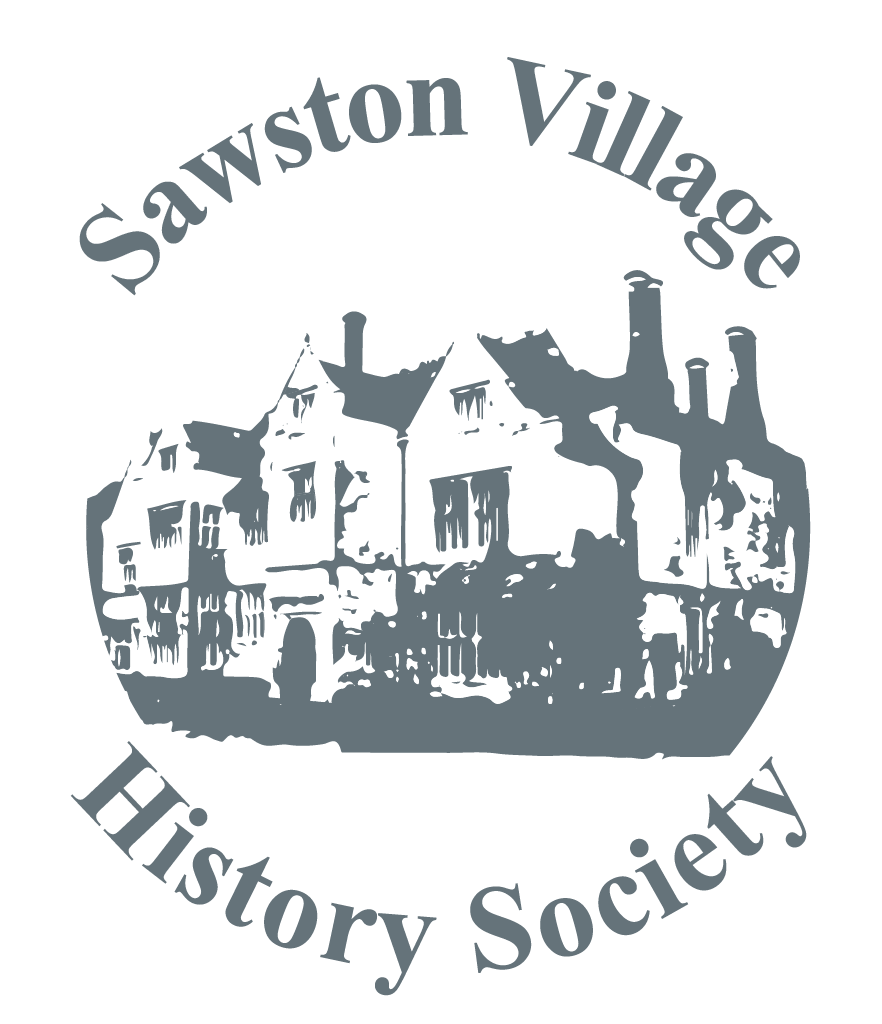
Mark Hinman gave a very interesting talk on his company Pre-Construct Archaeology. Part of the planning process for any new building work involves an archaeological survey. The consequence is that things are found where they are least expected.
The Brecklands were full of sites, some originally thought to date back to the Saxons but have now been shown to be much earlier. The atlas of Cambridgeshire 2000 showed no archaeology on the heavy clays because it was thought nobody would have lived there and so nobody had ever looked. However, there is much going on now on the clays, and one flight over the area found 400 new sites worthy of investigation.
Mark is based at the PCA Central office which is at Rectory Farm, Pampisford. It is one of seven offices around the country, which between them have 70 staff. Nobody becomes an archaeologist to make a fortune or for an easy life. It often involves working in wet, muddy conditions, but for the enthusiasts it provides an exciting and rewarding career. Mark went on to describe some of the recent work with which he has been involved.
At Hopton on Sea, between Yarmouth and Lowestoft, they found neolithic pits and a henge with a palisaded ditch, and flint axes. There was Mildenhall ware, and a Roman farm of the post Boudicca period. There was also a funeral enclosure.
At Needham Market they found a reused Saxon monument, and at Narborough there were Bronze Age burnt mounds which were thought to be something to do with hides. Skeleton Green in East Hertfordshire revealed a Roman cemetery with 500 pots, flagons, and jars. In addition to burials, they found a tile kiln and Iron Age artefacts.
They found evidence of Roman activity in Duxford where there were kilns making white flagons (before the Welch’s site was developed). There is no evidence of these being used locally, so maybe the Roman army was taking them. At Bottisham a Roman villa was found complete with bath-house. In March more late Roman pottery was found and also Saxon graves with women's beads and bodies wrapt in straw.
Moving forward in time to 700 AD, at Stoke Quay, Ipswich, the lost church of St Augustine was found on the other side of the river from where it was thought to be. They also found Ipswich Ware which was also found at Wreningham in Norfolk together with a kiln used to make it.
The planned new route of the A14 is currently involving some 80 site investigations by various organisations. They only have the next six months to complete the work before construction of the road begins. Many Saxon buildings have so far been located. The current weather is making it tough work (January), but all the organisations are good friends and work well together.
STOP PRESS With the collapse of Carillion the archaeologists may have a bit longer to complete their investigations.Jim Butchart